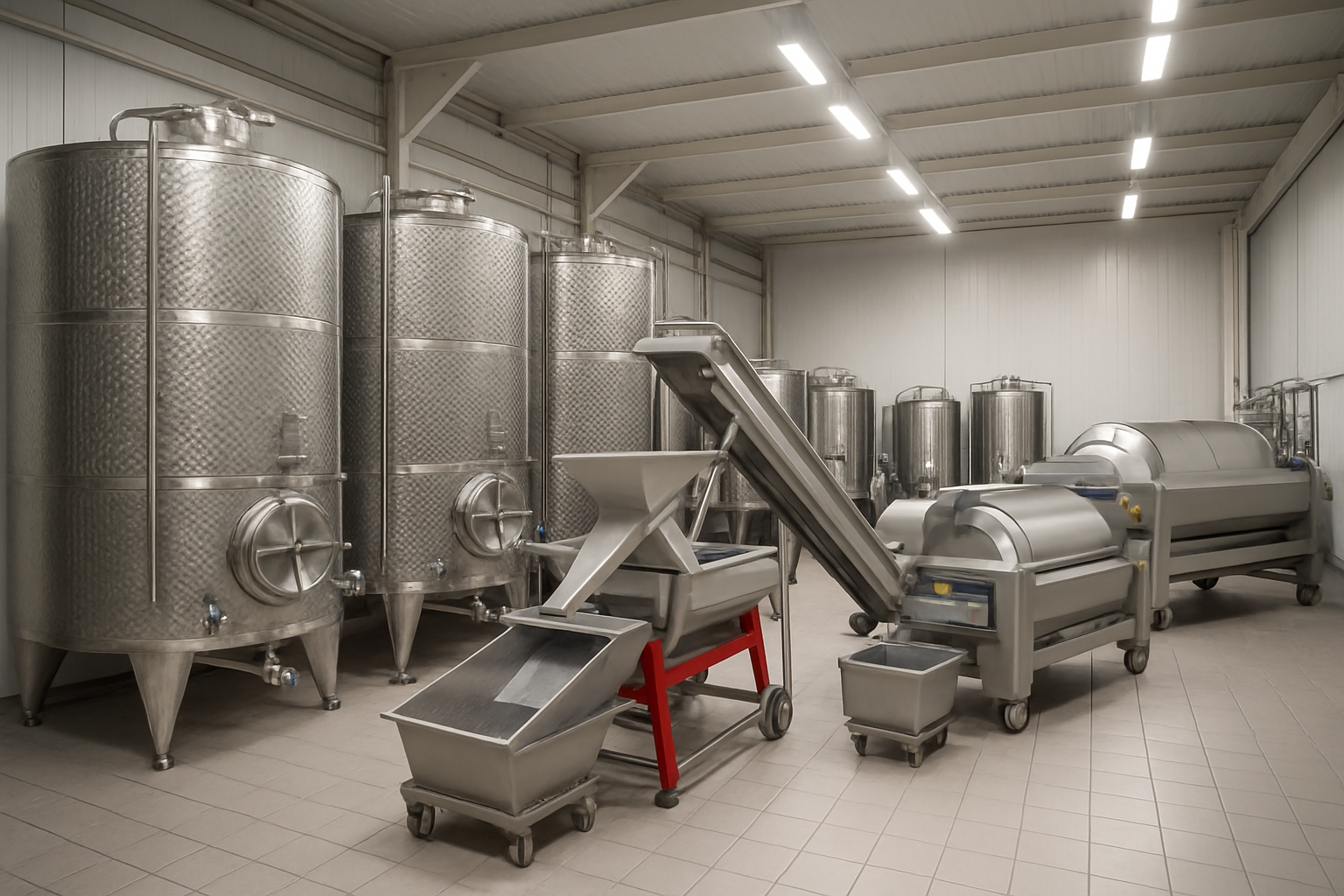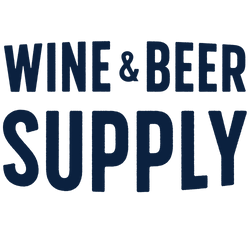
Scaling Your Winery: Essential Equipment Upgrades for Efficiency and Quality
As your winery flourishes, that small-batch, hands-on approach you started with can begin to feel less like an art and more like a bottleneck. The charm of manual labor gives way to the pressure of a growing harvest, more demanding production schedules, and the need for consistent, repeatable results.
This is a great problem to have! It means it's time to invest in your success. Strategic equipment upgrades aren't just about spending money; they’re about saving time, reducing labor, and elevating the quality of every bottle. This guide will walk you through the key areas where a smart upgrade can have the biggest impact on your winery's efficiency and your wine's quality.
1. The Crush Pad: Upgrading Your Crusher-Destemmer
For many wineries, the crush pad is the first real pinch point. A manual crusher is a labor of love, but it’s also a labor of... well, a lot of labor. Moving to a commercial-grade crusher-destemmer is the first significant step toward scaling your operation.
A good destemmer isn’t just about speed; it’s about quality. The best models are gentle on the fruit, preventing the crushing of seeds and stems which can release harsh, undesirable tannins. Look for machines made with easy-to-clean stainless steel and adjustable rollers that let you control the crush. This single upgrade can save you countless hours during harvest and set your fermentation up for success from the very beginning.
2. The Press: A Move to Gentler Extraction
If you're still relying on a manual basket press, you know the physical effort involved and the challenges of achieving consistent results. An upgrade to a modern bladder or pneumatic press is a true game-changer. These presses use water or air pressure to gently and evenly extract juice, eliminating the uneven and potentially harsh pressure of a manual press.
This gentle approach is a huge win for wine quality. It minimizes the maceration of skins and seeds, which reduces the harsh phenolics that can create an astringent mouthfeel. For delicate white wines, this gentle touch is absolutely critical for preserving their elegance and aromatic character.
3. Pumping and Transfer: The Heartbeat of the Winery
While gravity feeding is a beautiful, low-impact method for small batches, it’s not practical for a growing operation. A quality winery pump is the heartbeat of your production, allowing for the gentle and efficient transfer of must, juice, and finished wine.
Not all pumps are created equal. A dedicated must pump is designed to handle the viscous post-crush material, while a peristaltic or impeller pump is perfect for finished wine, moving it without agitation or unwanted oxygen exposure. Investing in a high-quality pump is an investment in protecting the integrity of your wine and freeing up valuable time and labor.
4. Bottling and Labeling: The Final, Crucial Step
Bottling is often the biggest bottleneck for a growing winery. A full bottling line is an enormous capital investment that takes up a ton of space. The good news? You don’t have to buy one to get a professional, high-quality result.
Our mobile bottling service is the perfect solution for wineries that need to scale without the headache of purchasing and maintaining a full line. We bring a commercial-grade bottling truck right to you.
-
Professional Quality: Our service ensures consistent fill levels, proper cork insertion, and beautiful, professional-grade labeling.
-
Cost-Effective: You eliminate the massive upfront cost and ongoing maintenance of a permanent bottling line.
-
Time-Saving: Our team handles the entire process, freeing your staff to focus on other crucial tasks.
-
Flexibility: We can handle a variety of bottle sizes and closure types, from corks to screw caps.
This is a fantastic way to streamline your final step and ensure every bottle looks as good as the wine inside it.
-
Product Links:
Frequently Asked Questions
Q: How do I know if it's the right time to upgrade my equipment? If you find yourself consistently overwhelmed during harvest, if your production schedules are getting tight, or if you feel your current equipment is compromising the quality of your wine, it's likely time to consider an upgrade. Investing in equipment should be seen as a way to solve these specific challenges and prepare for future growth.
Q: What's the key difference between a must pump and a wine pump? A must pump is designed to handle the thick, chunky material of crushed grapes (the must) without clogging or damaging the pump. A wine pump, on the other hand, is built for the delicate task of moving finished wine. These pumps are typically gentler to prevent oxidation and agitation, which can harm the wine's quality and clarity.
Q: What are the main benefits of using a mobile bottling service? Mobile bottling services offer the high-quality results of a professional bottling line without the need for a massive capital investment. They save you space, labor, and the hassle of maintenance. It's a cost-effective solution that ensures the final presentation of your wine is perfect, allowing you to focus on the winemaking itself.
Conclusion
Scaling a winery is an exciting journey, and strategic equipment upgrades are your road map to success. By investing in these essential areas, you can increase your efficiency, maintain the impeccable quality of your product, and position your winery for long-term growth. We're here to help you every step of the way.
